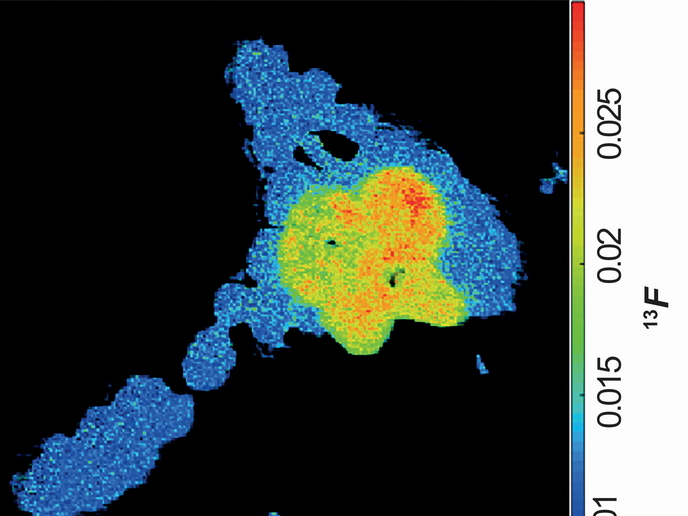Synthesising 'Janus' particles
In Roman mythology, Janus was the god of beginnings and transition, often portrayed with two faces gazing in opposite directions. In the EU-funded project 'Responsive Janus inorganic / polymeric hybrid particles and their self-assembly' (JANUS HYBRIDS), scientists engineered responsive Janus inorganic polymer hybrid particles that are able to change their morphology. Such particles have potential applications in fields as varied as material science, microelectronics and nanobiotechnology. The project team devised a novel one-pot method for producing Janus particles in large quantities by combining phase separation inside droplets with a sol-gel process. Two kinds of Janus particles were prepared: copolymers and inorganic polymer hybrid particles. By controlling their morphology and structure, scientists investigated properties such as stimuli-responsive behaviour and hydrophilic-oleophilic transition. The hybrid particle responsiveness resulted in their controlled aggregation. Scientists applied chemical strategies that provided selective phase functionalisation to modify the hybrid particles. Hybrid particles were found to self-assemble on a metal surface, producing a smart, responsive hybrid surface. The particles also underwent controlled self-assembly by equipping them with biotin groups and aggregating them with streptavidin. In addition, they were found to emulsify a mixture of oil and water and were able to switch between oil-in-water and water-in-oil emulsions. Their utility as catalysts has also been demonstrated. Project findings open up broad possibilities as Janus particles can be used for a myriad of applications.







